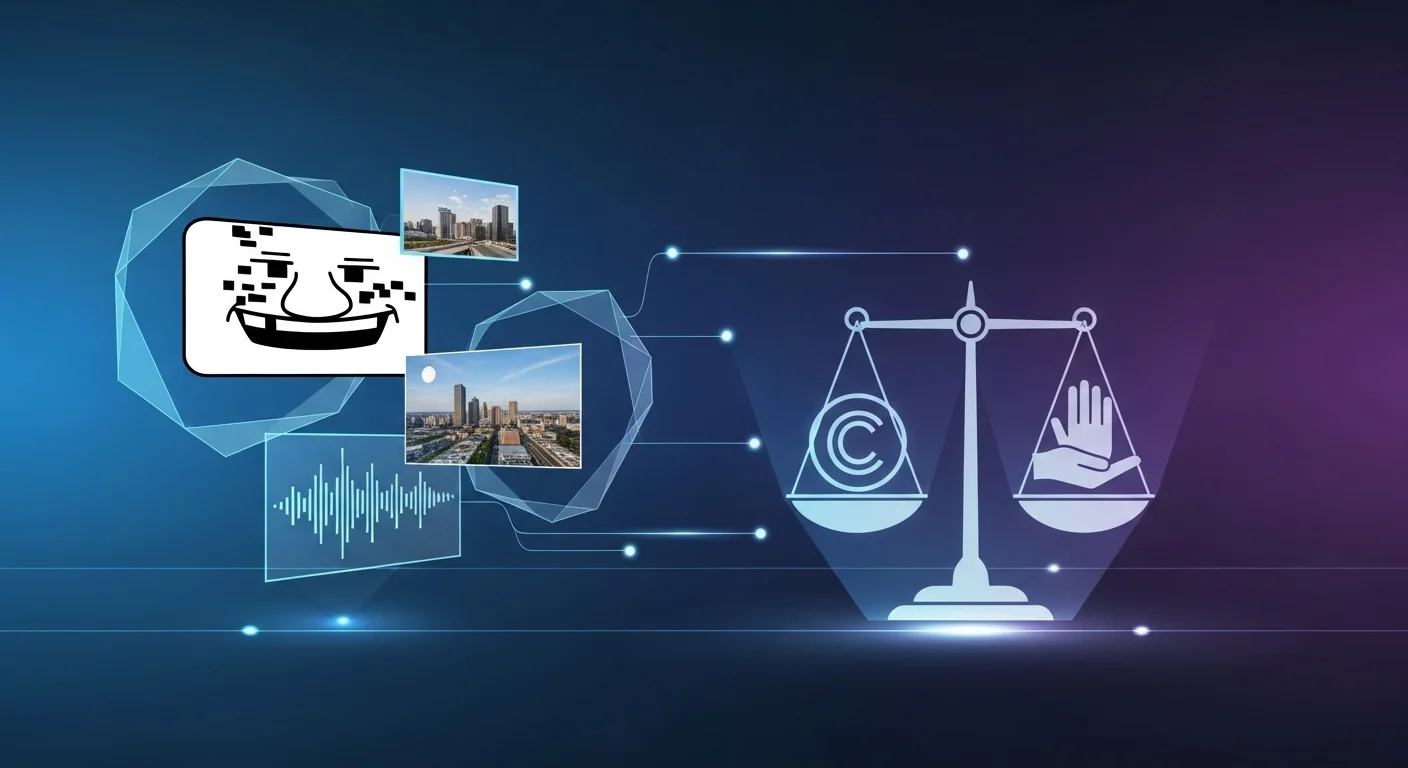A viral meme, the perfect track for your Reels, or a photo that perfectly captures your product. The temptation to use them in your marketing is immense. But before you hit “Publish,” let’s break down the fine line between marketing genius and a costly lawsuit.
In the world of digital marketing, speed and relevance are everything. Your team finds a hilarious meme featuring an actor from a hit TV show, and it feels like the perfect way to boost engagement. But it sends your legal team into a panic. Why? Because behind every image, meme, and music track, there is a copyright.
In this article, we—the legal experts at [Firm Name], specializing in the digital space—will break down the key risks and explain why the concept of “Fair Use” is not a free pass for marketers.
The Golden Rule: Almost Everything Online Belongs to Someone
The first rule every marketer must learn is: if you didn’t create it, you don’t own it.
- Photos and Illustrations: Belong to the photographer or artist.
- Music: Rights belong to the composer, songwriter, and the recording studio.
- Clips from Films and TV Shows: Belong to the film studio.
- Texts and Articles: Belong to the author or publisher.
- Memes: This is where it gets tricky. A meme is often a “derivative work,” using someone else’s copyrighted image as its foundation.
Using any of these assets without the owner’s permission is a direct copyright infringement. The consequences can be severe, ranging from a takedown notice and a demand for financial compensation to a full-blown lawsuit that damages not only your budget but also your brand’s reputation.
The Big Exception: What is “Fair Use”?
“But everyone does it!” you might argue. “And what about Fair Use?”
Yes, the doctrine exists. Fair Use is a legal concept, primarily in U.S. law, that permits the limited use of copyrighted material without permission from the rights holder. Similar, though often narrower, exceptions (like parody or quotation) exist in the laws of other jurisdictions, including the EU.
The biggest myth to dispel: Fair Use is not a right you have; it is an affirmative defense you can raise in court. There is no clear-cut formula to determine in advance if your use qualifies. A judge makes the final decision by analyzing four key factors:
1. The Purpose and Character of the Use.
- Commercial vs. Non-Commercial? This is the most critical factor for a business. If you use content to promote a product or service (i.e., for commercial purposes), a court is highly unlikely to side with you. Use for criticism, commentary, news reporting, or education has a much better chance.
- Is it Transformative? Did you create something fundamentally new, or did you just copy the original? A parody or a critique is transformative. Placing a movie still in an ad with the caption, “Our discounts are this epic!” is not transformative—it’s direct commercialization of someone else’s creative work.
2. The Nature of the Copyrighted Work.
It’s generally easier to justify using factual works (like a news report) than highly creative works (like a song, a film, or a painting).
3. The Amount and Substantiality of the Portion Used.
Did you use a small, insignificant clip, or did you use the “heart” of the work? Using a two-second musical sample is one thing; using the most recognizable chorus is another entirely.
4. The Effect of the Use upon the Potential Market for the Original.
Does your use deprive the original creator of income? If people see a song in your ad and are therefore less likely to license it themselves, you are causing direct financial harm to the rights holder.
The Takeaway for Marketers: The odds of successfully claiming Fair Use for commercial advertising are incredibly slim. The risk is simply not worth the reward.
A Practical Breakdown: Memes, Photos, and Music
1. Memes in Commercial Ads: A High-Risk Zone.
The “Distracted Boyfriend” meme is not just a funny picture; it’s a stock photograph owned by photographer Antonio Guillem. Many brands have paid for a license to use it legally in their advertising. Using a meme based on a still from The Lord of the Rings (“One does not simply…”) is a direct use of Warner Bros.’ intellectual property.
- The Safe Alternative: Create your own memes using licensed stock photos or original imagery.
2. Photos from Google Images: A Hard No.
“Found on Google” does not mean “free to use.” The vast majority of images are protected by copyright. Photographers and agencies actively use technology to track the unauthorized use of their work online.
- The Safe Alternative: Use paid stock photo sites (e.g., Getty, Shutterstock), free stock sites with clear commercial use licenses (e.g., Unsplash, Pexels—but always read their terms), or commission your own photos.
3. Music for Reels/TikTok/YouTube Shorts: Read the Fine Print.
Using a trending track can make your video go viral, but there’s a catch. Social media platforms have licensing agreements with music labels that allow personal accounts to use music for non-commercial purposes. The moment your account is a Business Account and you’re promoting a product, those rules no longer apply.
- The Safe Alternative: Use the commercial music libraries provided by the platforms themselves (e.g., Facebook Sound Collection, TikTok Commercial Music Library) or purchase licenses from dedicated sites (e.g., Artlist, Epidemic Sound).
Your Legal Content Checklist
Before using any third-party content, ask yourself these five questions:
- Who created this? If it wasn’t me, who holds the rights?
- What is my purpose? Am I entertaining or am I selling? If I’m selling, the risk is at its highest.
- Do I have explicit permission (a license)? “Everyone else is doing it” is not permission.
- What are the potential consequences? Is my brand prepared for a lawsuit and the resulting reputational damage?
- Is there a safer alternative? Can I use licensed content or create my own? (The answer is almost always yes).
Conclusion: Creativity Thrives on a Solid Legal Foundation
The desire to be trendy is understandable, but in the long run, the businesses that win are those that build their marketing strategy on solid legal ground. Investing in licensed content or creating your own isn’t an expense; it’s an insurance policy against massive financial and reputational risks.


Leave a Reply